Breaking News


Popular News

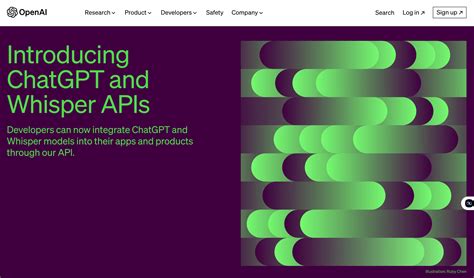
Learn about the ChatGPT API, its features, implementation, integration, testing, and benefits in this comprehensive documentation overview.Are you looking to enhance your applications with the power of advanced natural language processing? Look no further than the ChatGPT API. In this comprehensive overview, we will delve into the ins and outs of this powerful tool, exploring its features, implementation methods, integration possibilities, and the testing process. Whether you’re a developer or a business owner, understanding the benefits of ChatGPT API is crucial for leveraging its full potential. From improving customer support to creating personalized user experiences, this API has the potential to revolutionize how you interact with users. By the end of this blog post, you’ll have a clear understanding of how to harness the capabilities of ChatGPT API and how it can elevate your applications to the next level. So let’s dive in and explore the world of ChatGPT API together.
Contents
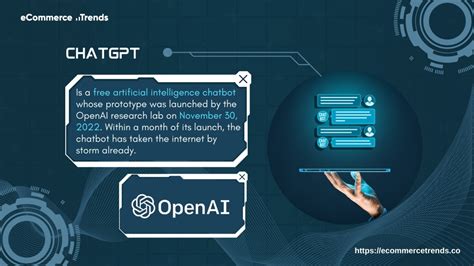
The ChatGPT API is a powerful tool that allows developers to easily integrate chatbot functionality into their applications. With the ChatGPT API, developers can access a wide range of natural language processing capabilities, including text generation, sentiment analysis, and language translation.
One of the key features of the ChatGPT API is its ease of use. Developers can quickly get started with the API by following the comprehensive documentation and sample code provided. The API also offers a range of pre-built models that can be easily customized to suit the specific needs of an application.
Using the ChatGPT API is a great way to enhance the user experience of an application. By enabling natural language interaction, developers can create more engaging and intuitive interfaces that are capable of understanding and responding to user input in a human-like manner.

The ChatGPT API comes with a wide range of features that make it a powerful tool for implementing natural language processing in various applications. The API provides access to OpenAI’s powerful GPT-3 model, enabling users to generate human-like text responses based on the context provided. Whether it’s completing sentences, answering questions, or generating creative content, the ChatGPT API offers a diverse set of features to suit different use cases.
One of the key features of the ChatGPT API is its ability to understand and respond to human language in a conversational manner. This means that developers can build chatbots and virtual assistants that can engage in meaningful conversations with users. The API is also equipped with advanced language understanding capabilities, allowing it to comprehend complex queries and provide accurate and relevant responses.
In addition to its language processing capabilities, the ChatGPT API also offers features for controlling the tone and style of the generated text. Developers can specify parameters such as the desired writing style, the level of formality, and the emotional tone, allowing for personalized and context-aware text generation.
Furthermore, the ChatGPT API provides features for fine-tuning and customizing the model to better suit specific applications. This includes the ability to fine-tune the model on custom datasets, integrate domain-specific knowledge, and incorporate tailored responses for specialized use cases.
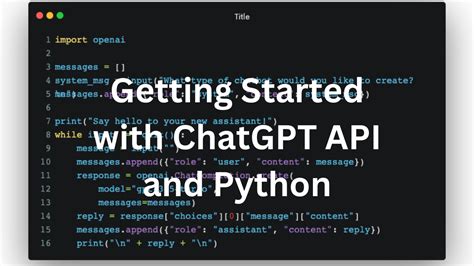
Once you have familiarized yourself with the ChatGPT API and its features, it’s time to dive into the implementation process. One of the primary steps in implementing the ChatGPT API is to obtain the necessary API keys. These keys are crucial for authenticating and authorizing access to the API. The API keys can be obtained by signing up for an account on the ChatGPT website and generating the keys from the dashboard.
After obtaining the API keys, the next step is to integrate the ChatGPT API into your application or platform. This integration involves making API calls to the ChatGPT servers, sending and receiving data, and processing the responses. It is important to follow the API documentation and guidelines provided by ChatGPT to ensure a smooth integration process.
Another aspect of the implementation process is to configure the parameters and settings for the ChatGPT API. This includes defining the input data format, setting the language and model options, and handling any additional preferences or requirements. By configuring these parameters effectively, you can customize the behavior and performance of the ChatGPT API based on your specific use case and needs.
Once the ChatGPT API is integrated and configured, it is important to thoroughly test the implementation. This involves sending different types of requests, evaluating the responses, and ensuring that the API functions as expected. Testing is crucial to identify and address any potential issues or bugs in the implementation, and to verify that the ChatGPT API meets the desired functionality and performance standards.
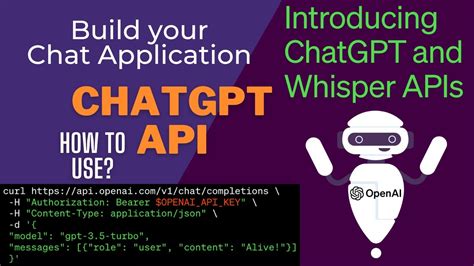
Integration with ChatGPT API
Integration with ChatGPT API
Integration with ChatGPT API allows developers to seamlessly incorporate the powerful language generation capabilities of the GPT-3 model into their own applications. By leveraging the API, developers can provide their users with an enhanced chatbot experience, enabling natural and intelligent conversations. The integration process involves connecting the API to the existing codebase and utilizing its features to generate responses to user queries in real-time.
When integrating with ChatGPT API, it’s essential to consider the specific requirements of the application. This may involve handling input from users, processing the generated responses, and ensuring seamless communication between the API and the application’s user interface. With the proper integration, developers can harness the full potential of ChatGPT API to deliver an engaging and personalized chat experience.
The integration process typically involves authenticating access to the API, configuring the desired settings, and incorporating the necessary SDKs or libraries into the development environment. Additionally, developers may need to handle error responses, rate limits, and other API-specific considerations to ensure smooth integration and optimal performance. By carefully implementing the integration with ChatGPT API, developers can elevate the capabilities of their applications and provide users with a sophisticated conversational interface.
Overall, integrating with ChatGPT API empowers developers to enrich their applications with advanced language processing and natural language understanding. This seamless integration opens up a world of possibilities for creating intelligent chatbots, virtual assistants, and other interactive platforms that can understand and respond to users with human-like fluency and comprehension.

When it comes to testing the ChatGPT API, there are several important considerations to keep in mind. The first step in the testing process is to ensure that the API has been implemented correctly and is functioning as expected. This involves conducting unit tests to verify individual components of the API, as well as integration tests to check that the API works seamlessly with other systems and services.
Once the initial implementation testing is complete, it’s essential to conduct thorough functional testing to assess how well the API performs in real-world scenarios. This involves sending a variety of input data to the API and evaluating the accuracy and appropriateness of the output. It’s also crucial to test the API’s performance and scalability to ensure that it can handle a high volume of requests without experiencing slowdowns or errors.
Another key aspect of testing the ChatGPT API is security testing. This involves identifying and addressing potential vulnerabilities in the API that could expose sensitive data or compromise the integrity of the system. Testing for security also involves ensuring that the API complies with relevant data protection and privacy regulations.
In addition to these technical considerations, it’s also important to involve end-users in the testing process, gathering feedback on the usability and effectiveness of the API. This can provide valuable insights into how the API performs in real-world usage and identify any areas for improvement. Overall, thorough testing of the ChatGPT API is essential to ensure that it meets the needs of its users and operates effectively in a variety of contexts.
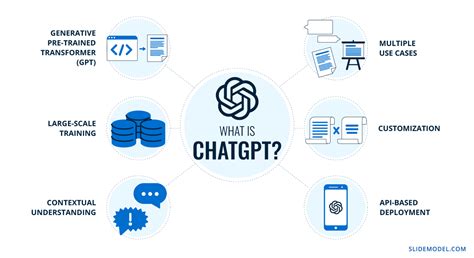
Utilizing the ChatGPT API comes with a myriad of benefits for developers and businesses alike. One major advantage is the ability to automate customer support and engagement, thereby saving valuable time and resources. By integrating the ChatGPT API into the workflow, companies can streamline their customer service processes and provide 24/7 support without the need for human intervention.
Another significant benefit of using the ChatGPT API is its capacity to generate natural and human-like responses, leading to improved user experience. Whether it’s responding to customer queries or engaging in conversational marketing, the API’s advanced language processing capabilities enable it to deliver personalized and contextually relevant interactions, enhancing customer satisfaction and retention.
Furthermore, the ChatGPT API facilitates the creation of chatbots and virtual assistants that can handle a wide range of tasks, from answering frequently asked questions to assisting with online transactions. This not only enhances operational efficiency but also allows businesses to scale their customer support efforts without compromising on the quality of service.

What is ChatGPT API?
ChatGPT API is a powerful tool that provides developers with access to OpenAI’s GPT-3 language model for building conversational applications and interfaces.
How can developers use ChatGPT API?
Developers can use ChatGPT API to integrate natural language processing capabilities into their applications, create chatbots, automate text generation, and more.
What are the key features of ChatGPT API?
The key features of ChatGPT API include language understanding, text generation, conversation handling, and multi-turn dialogue support.
Is ChatGPT API easy to integrate into existing applications?
Yes, ChatGPT API is designed to be easy to integrate into existing applications through a simple RESTful API, making it accessible for a wide range of developers.
Can ChatGPT API support multiple languages?
Yes, ChatGPT API supports multiple languages and can understand and generate text in languages other than English.
Are there any limitations to using ChatGPT API?
While ChatGPT API offers powerful natural language processing capabilities, developers should be mindful of ethical use and potential biases in language generation.
Where can developers find documentation and resources for ChatGPT API?
Developers can find comprehensive documentation, tutorials, and resources for ChatGPT API on the official OpenAI website.